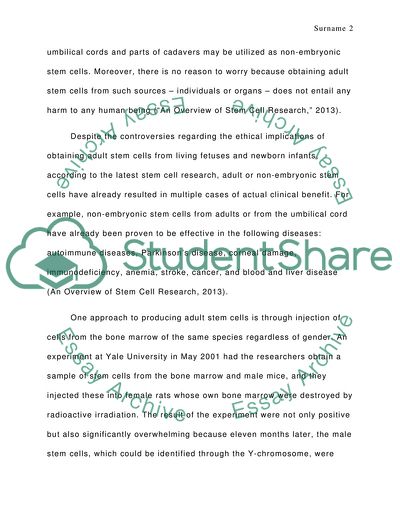Cite this document
(Development of Effective Clones of Stem Cells of Non-Embryonic Origin Report, n.d.)
Development of Effective Clones of Stem Cells of Non-Embryonic Origin Report. https://studentshare.org/biology/1796802-stem-cells
Development of Effective Clones of Stem Cells of Non-Embryonic Origin Report. https://studentshare.org/biology/1796802-stem-cells
(Development of Effective Clones of Stem Cells of Non-Embryonic Origin Report)
Development of Effective Clones of Stem Cells of Non-Embryonic Origin Report. https://studentshare.org/biology/1796802-stem-cells.
Development of Effective Clones of Stem Cells of Non-Embryonic Origin Report. https://studentshare.org/biology/1796802-stem-cells.
“Development of Effective Clones of Stem Cells of Non-Embryonic Origin Report”. https://studentshare.org/biology/1796802-stem-cells.


